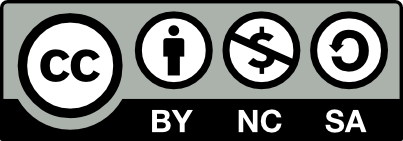Comparison of Central Corneal Thickness Measurements Using Contact and Non-contact Pachymetry Devices in Glaucoma Patients
Main Article Content
Abstract
Objective: To explore the relationship between contact and non-contact pachymetry methods in measuring central corneal
thickness among patients diagnosed with primary open-angle glaucoma.
Methodology: After ethical approval, written permission was obtained from all eligible participants after providing full details
about the procedure, risks, and benefits of the study for this cross-sectional study. Central corneal thickness was
calculated by contact method using Nidek Al scan biometer ultrasound measurement & by non- contact methods using
Nidek Al scan biometer optical measurement, TOMEY TMS 5 slit corneal topographer, and REXXAN SPM-700 specular
microscope. All collected data was digitized for use in the research analysis.
Results: The mean ± standard deviation of age was 57.90±12.19 years. In the distribution of gender, 44.0% were male
and 56.0% were female. A statistically significant correlation was observed between contact and non-contact pachymetry
measurements of central corneal thickness, with Pearson’s correlation coefficient calculated at r = 0.773 (P < 0.05).
Conclusion: A positive significant linear correlation was noted between contact and non-contact pachymetry devices in
the measurement of central corneal thickness.
Key words: Contact Pachymetry, Corneal Thickness, Open Angle Glaucoma, non-contact Pachymetr
Downloads
Article Details

This work is licensed under a Creative Commons Attribution-NonCommercial-NoDerivatives 4.0 International License.
Journal of Muhammad Medical College (J Muhammad Med Coll) belief that all researches are basically conducted for the benefit of humanity. Research is the product of an investment by society and consequently its fruits should be returned in a transparent fashion to all humankind without any discrimination.
Journal of Muhammad Medical College is an open access journal which means that all content is freely available without charge to users or / institution. When used non-commercially all users are allowed to read, download, copy, distribute, print, search, or link to full text articles in this journal without asking prior permission from the publisher or author as long as original author(s) are acknowledged.
Journal of Muhammad Medical College operate under Creative Common License CC-BY-SA that allow reproduction of articles free of charge, for non-commercial use only and with the appropriate citation information. All authors publishing with Journal of Muhammad Medical College accept these as the terms of publication.

This work is licensed under a Creative Commons Attribution-NonCommercial-ShareAlike 4.0 International License